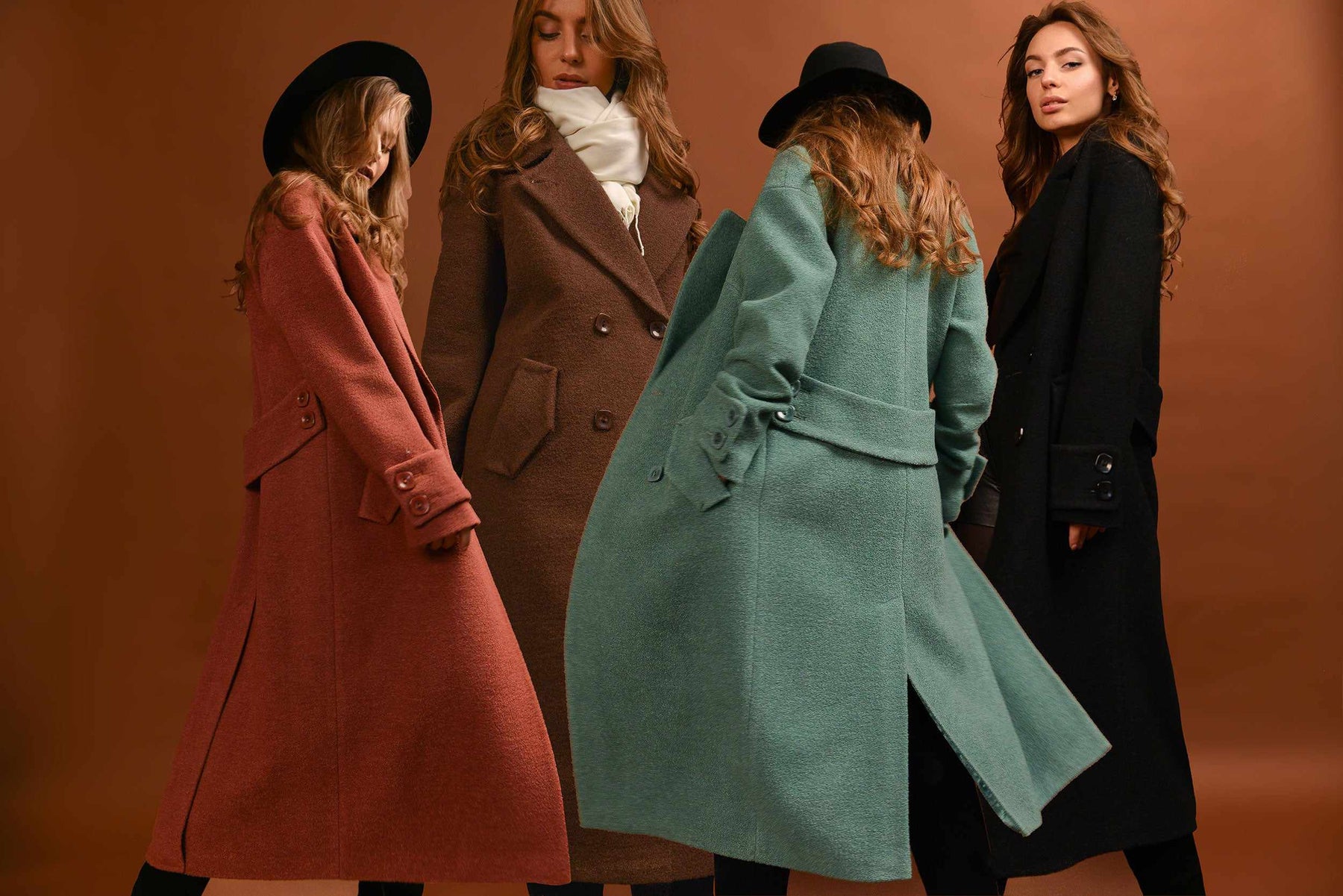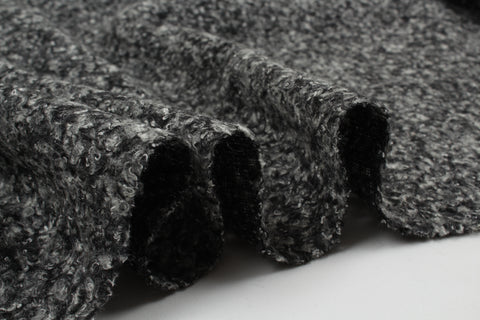
Choosing the Perfect Fabrics for Jackets and Coats (Complete Guide)
When it comes to creating exceptional outwear pieces such as coats and jackets, one of the most critical decisions you'll make is choosing the right fabrics. The choice of fabric can greatly impact the overall look, functionality, and comfort of your outerwear designs. In this guide, we'll explore the key factors to consider when selecting fabrics for outwear, including fabric types, compositions, and weight. We'll also provide you with examples of fabrics that are ideal for different styles of outwear.

When choosing fabrics for outwear, prioritize essential properties such as weather resistance (waterproofing and windproofing), insulation for warmth without sacrificing breathability, durability against abrasion and tears, and flexibility for comfortable movement. Consider weight and thickness appropriate for the season, ease of care, colorfastness, UV protection, and sustainability. These properties ensure both functionality and style, delivering garments that protect wearers from the elements while maintaining a sleek appearance. Carefully selected fabrics enhance the overall performance and longevity of outwear, making it comfortable, durable, and fashionable.
Fabric Types for Outwear:
-
Wool Blends: Wool blends are a classic choice for outwear due to their natural insulation properties and durability. They offer warmth without excessive bulk, making them suitable for both coats and jackets. A common composition is a blend of wool and polyester, which combines the warmth of wool with the wrinkle resistance of polyester.
Example Fabrics:
-
Cotton Twill: Cotton twill is a versatile fabric choice for lightweight jackets. It's comfortable, breathable, and can be treated for water resistance. It's also easy to dye, allowing for a wide range of color options.
Example Fabrics:
-
Technical Fabrics: Technical fabrics like waterproof and breathable materials are perfect for performance-oriented outwear. They provide protection from the elements while maintaining comfort and breathability.
Example Fabrics:
-
Faux Leather/Fur: For vegan-friendly options or a sleek, edgy look, faux leather (polyurethane or PVC) is a great choice for jackets. It mimics the texture and appearance of genuine leather while being more affordable and cruelty-free.
Example Fabrics:
-
Patterned Fabrics: Consider adding a touch of sophistication and style to your outwear designs with patterned fabrics. Patterns like Prince of Wales, Herringbone, Tartan, and Houndstooth can elevate the aesthetic of your coats and jackets, adding a unique and timeless flair.
Example Fabrics:

Fabric Compositions:
Consider the fabric composition carefully as it determines the performance and characteristics of your outwear. Here are some common compositions to explore:
-
Natural Fibers: Fabrics like wool and cotton offer breathability and comfort. They can be blended with synthetic fibers to enhance durability and functionality.
-
Synthetic Fibers: Materials like polyester, nylon, and polyurethane offer durability, water resistance, and versatility. Blending them with natural fibers can create fabrics that combine the best of both worlds.
-
Eco-Friendly Options: Explore sustainable compositions like organic cotton, recycled polyester, and environmentally responsible synthetic alternatives to align your brand with eco-conscious consumers.

Fabric Weight:
The weight of the fabric, measured in grams per square meter (g/m²), is crucial for determining the seasonality and purpose of your outwear pieces:
-
Lightweight Fabrics (100-250 g/m²): These are suitable for spring and early fall jackets. Examples include lightweight cotton, linen, and nylon.
-
Medium-Weight Fabrics (250-450 g/m²): Ideal for transitional seasons like fall and early winter. Wool blends, twills, and mid-weight technical fabrics work well.
-
Heavyweight Fabrics (450+ g/m²): These are perfect for winter coats and insulated jackets. Wools, heavyweight technical fabrics, and faux shearling (fur) are excellent choices.

In conclusion, selecting the right fabrics for outwear is a pivotal decision in the design process. Be sure to consider the fabric type, composition, and weight that align with your design vision and the intended functionality of your garments. Remember to explore the vast selection of fabrics available on fabricsight.com to find the perfect materials for your outwear creations. Your choice of fabric will not only impact the quality of your designs but also the satisfaction of your customers.
